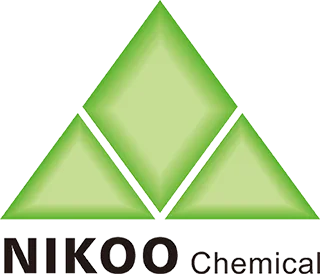The Perfumer's Craft: Engineering Longevity in the Formula
Longevity isn't accidental; it's meticulously engineered in the perfumer's laboratory. Beyond selecting long-lasting base notes, perfumers employ sophisticated techniques and ingredients specifically aimed at modulating evaporation and enhancing the scent's tenacity.
Fixatives are the perfumer's secret weapons for longevity. These are materials with very low volatility themselves, whose primary function is to "fix" or anchor the more volatile fragrance components, slowing down their evaporation. They act like a gentle glue or a slow-release mechanism:
- Natural Fixatives: Classic examples include resins (Benzoin, Tolu Balsam, Myrrh), animalic musks (historically natural, now synthetic), Oakmoss absolute (though restricted), and certain woods like Sandalwood and Vetiver.
- Synthetic Fixatives: Modern perfumery heavily relies on powerful synthetics like Ambroxan (ambregris-like), Iso E Super (woody-amber), Galaxolide (clean musk), Cashmeran (velvety musk-woody), and Hedione (though a top-middle note, it enhances diffusion and can lift the whole composition, making it seem longer-lasting).
The solvent plays a crucial role. Perfume oil is dissolved in high-purity ethanol (alcohol) and water. The ratio and quality of the ethanol impact how the fragrance is released from the skin. Higher-proof alcohol can sometimes cause a sharper initial burst but faster overall evaporation, while formulations might use other co-solvents or modifiers to fine-tune release. Carrier oils used in oil-based perfumes or lotions slow evaporation significantly compared to alcohol, often resulting in softer projection but potentially greater longevity close to the skin.
Molecular encapsulation is a more advanced technique. Fragrance molecules can be trapped within microscopic shells (like cyclodextrins). These shells break down gradually under friction or skin warmth, releasing the scent slowly over an extended period, enhancing longevity and sometimes reducing the initial harshness of top notes.
Accord construction is paramount. A perfumer builds the fragrance like an architect. Longevity is achieved not just by strong base notes, but by ensuring the heart notes have good substantivity and that the transitions between notes are smooth and persistent. They might use heavier molecules within floral or citrus accords to extend their life. Balancing intensity, diffusion, and longevity is a constant, intricate challenge – the true art and science of perfumery.

Phone: +86 20 36028881
Fax: +86 20 36550567
Email:rebecca@nikoochem.com
WhatsApp: +86 13822397763
Add: No 1718, Airport Rd., Yuncheng St., Baiyun Dist., Guangzhou City, Guangdong, China 510000
